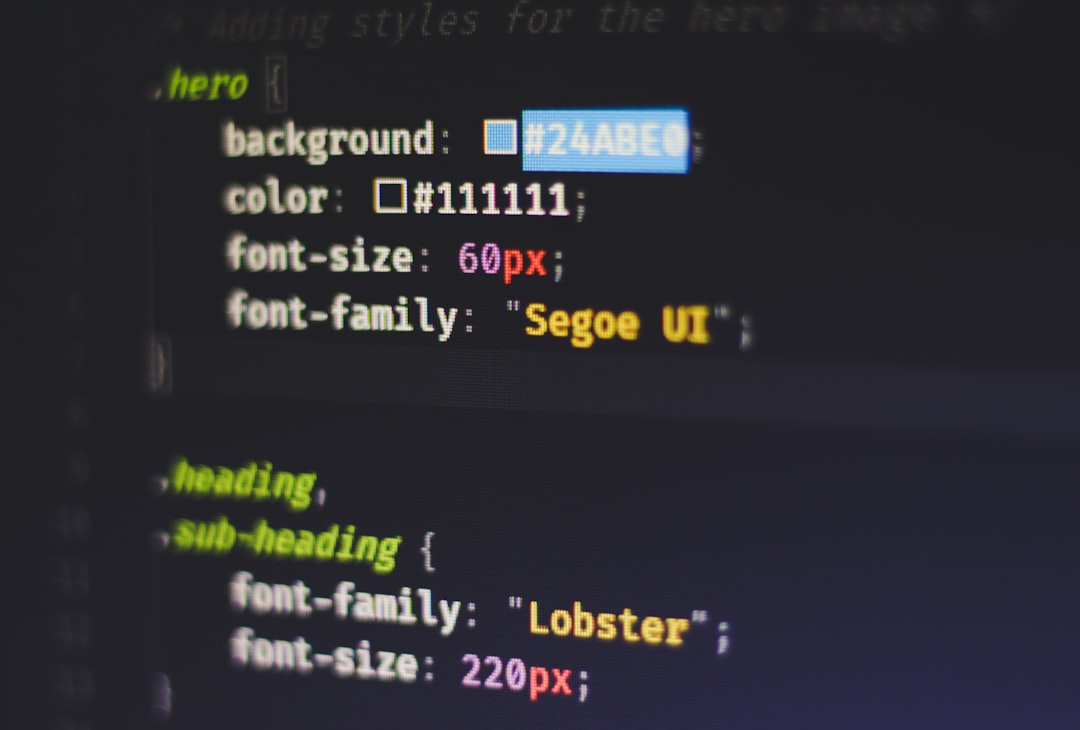
How to Raise an Error in Python — Complete Guide
In Python programming, writing robust and stable code often requires anticipating unexpected conditions and dealing with them gracefully. One of the key mechanisms Python provides for this purpose is the ability to raise exceptions. Understanding how to raise errors properly not only leads to better fault-tolerance but also improves the readability and maintainability of your application.
Contents
- 1 What Does It Mean to “Raise an Error”?
- 2 Why Raise Errors?
- 3 Using the raise Statement
- 4 Common Built-in Exceptions You Can Raise
- 5 Creating Custom Exceptions
- 6 Best Practices When Raising Errors
- 7 When and Where to Raise Errors
- 8 Differences Between Raising and Returning Errors
- 9 Combining Raise with Try-Except
- 10 Conclusion
What Does It Mean to “Raise an Error”?
Raising an error in Python means triggering an exception manually when a certain condition occurs that prevents the program from continuing normally. This is typically done using the raise keyword followed by an exception type.
Here’s a simple example:
def divide(x, y):
if y == 0:
raise ValueError("Cannot divide by zero")
return x / y
In the example above, if the divisor y equals zero, a ValueError is raised intentionally to prevent a runtime division by zero, which would automatically throw a ZeroDivisionError.
Why Raise Errors?
Manually raising errors has several important benefits:
- Validation: Ensure that input data meets required conditions.
- Debugging: Provide clear and specific error messages to aid in debugging.
- Communication: Indicate to other developers how the function is expected to behave when exceptions occur.
- Error Handling: Allow higher-level code to catch and handle specific errors with
try-exceptblocks.
Using the raise Statement
In Python, the syntax for raising an error is:
raise ExceptionType("Optional explanation message")You can raise built-in exceptions or define and raise your own custom exceptions. Here is how you raise a built-in exception:
raise TypeError("Expected a different data type")You can also re-raise an exception that was caught in a previous except block:
try:
risky_operation()
except Exception as e:
log_error(e)
raise # Re-raise the caught exception
Common Built-in Exceptions You Can Raise
- ValueError: Raised when a function receives the right type of argument but an inappropriate value.
- TypeError: Raised when an operation is applied to an object of inappropriate type.
- IndexError: Raised when trying to access an index that is out of range for a list or tuple.
- KeyError: Raised when trying to access a dictionary key that does not exist.
- RuntimeError: Raised when an error is detected that doesn’t fall under any other category.
Creating Custom Exceptions
Although Python includes many built-in exceptions, in larger applications it’s often beneficial to create your own. A custom exception allows you to be more descriptive and handle errors more clearly.
Here’s how to define and raise a custom exception:
class AgeTooLowError(Exception):
"""Raised when the input age is below allowed limit."""
pass
def apply_for_license(age):
if age < 18:
raise AgeTooLowError("Applicants must be at least 18 years old.")
print("Application accepted.")
This example demonstrates good practice: defining meaningful exception names and clarity in the associated messages.

Best Practices When Raising Errors
When interacting with exception handling, it’s crucial to follow certain practices to maintain code quality:
- Be Specific: Raise the most relevant error type. This allows calling code to handle specific errors appropriately.
- Write Clear Messages: Always include an informative message that helps identify the problem without needing to dig into logs or source code.
- Use Custom Exceptions Judiciously: Don’t overuse them. Limit their use to domain-specific situations where built-in exceptions don’t fit the use case.
- Document Your Exceptions: If your function might raise a specific exception, include that in the function’s docstring.
When and Where to Raise Errors
Knowing when to raise an error is just as important as knowing how. Some key scenarios include:
- Input Validation: If a user provides invalid input, raise a
ValueErroror a custom error such asInvalidInputError. - Operation Failing: Operations that depend on an external system (like API calls or file access) may fail and should raise appropriate exceptions if, for example, a request fails or a file doesn’t exist.
- Class Method Contracts: In object-oriented code, if a method receives unexpected input, reinforce its contract by raising a
TypeErroror a domain-specific exception.
Differences Between Raising and Returning Errors
Beginners might be tempted to return strings or values to indicate failure. This is a bad practice, because:
- It leads to unreadable and cluttered conditional logic.
- Return values may be overlooked and silently cause errors later in the code.
- It breaks the flow of programming toward constructive exception handling mechanisms.
Always prefer raising an exception over returning a special status code or message when the situation represents an actual error condition.
Combining Raise with Try-Except
While raising errors helps detect specific failure points, it’s the combination with try-except blocks that enables programs to recover or respond meaningfully. You can design code that not only halts operations but does so with clarity:
def get_price(product):
if product not in product_catalog:
raise KeyError(f"{product} not found in catalog.")
return product_catalog[product]
try:
price = get_price("Tofu")
except KeyError as e:
print(f"Error: {e}")
price = 0
Here, the raised error is caught and handled, preventing the program from crashing abruptly.

Conclusion
The ability to raise and handle exceptions effectively is a critical skill for any Python developer. It ensures your programs behave predictably in the face of unexpected inputs or system failures. By strategically incorporating exceptions, using appropriate built-in types, or defining your own when necessary, you promote cleaner logic and smoother debugging.
To recap:
- Use
raiseto signal an error explicitly. - Select the right exception type to reflect the nature of the issue.
- Design helpful error messages and clear documentation.
- Leverage
try-exceptto build resilient and user-friendly systems.
As your Python skills grow, mastering the correct use of exceptions will not only reduce bugs but also underscore your code’s professionalism and reliability.
